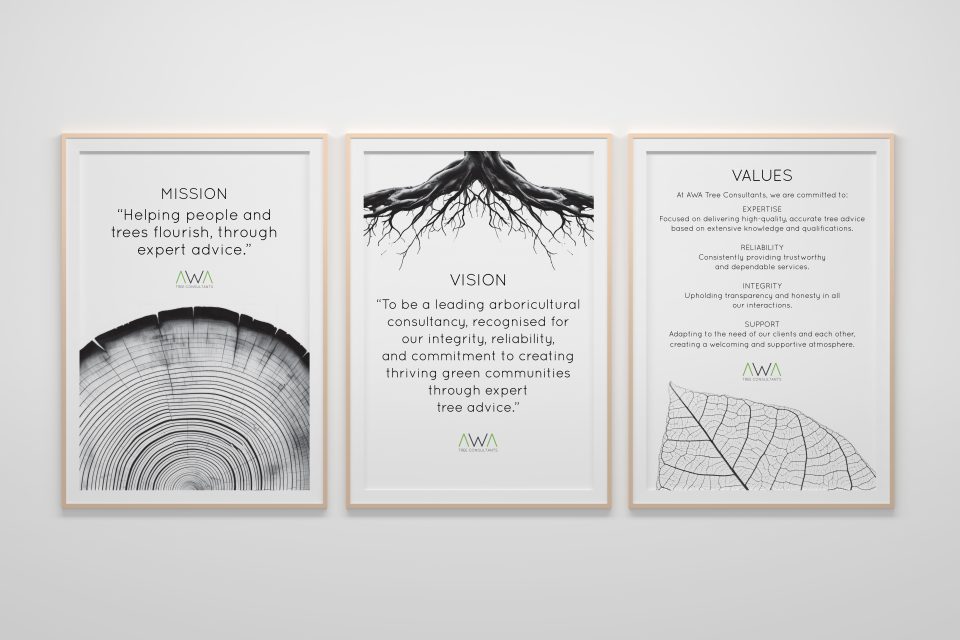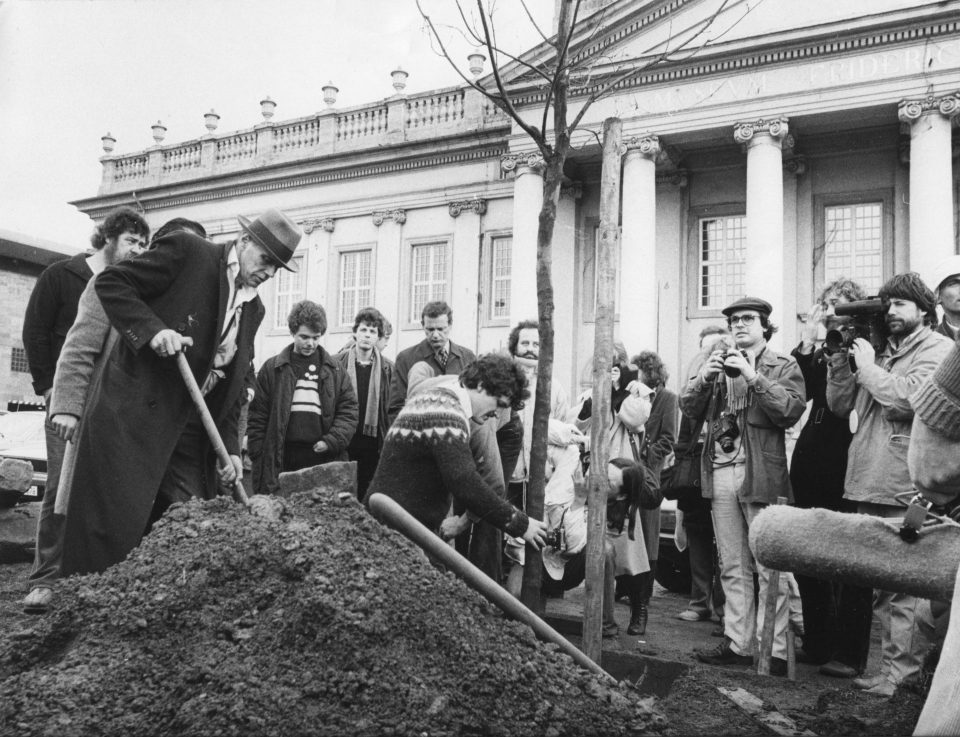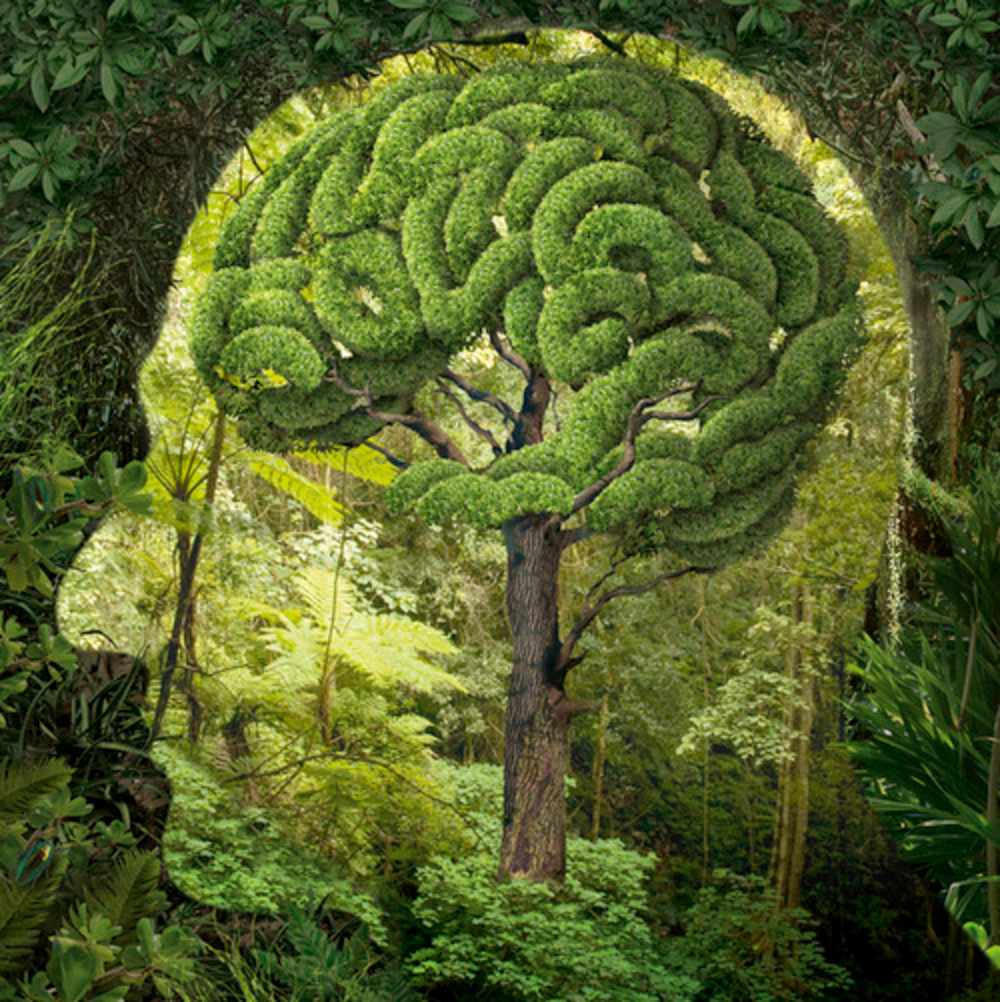
Neuro-Arboriculture: Your Brain On Trees.
19th February 2016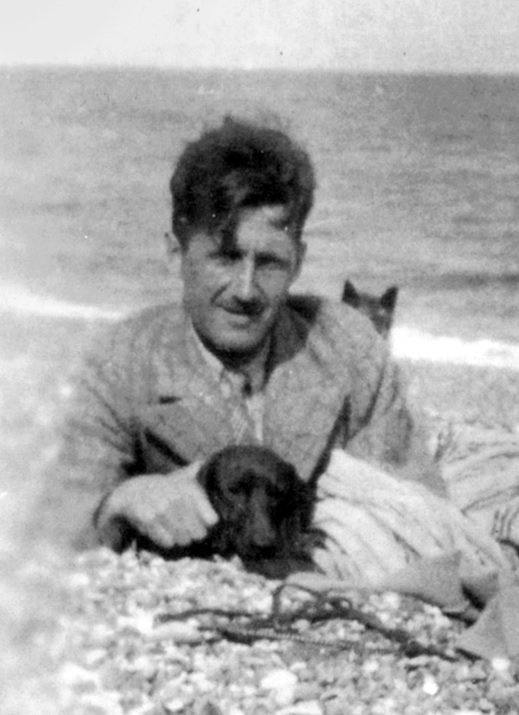
George Orwell: Spring is here, and they can’t stop you enjoying it.
17th April 2016Marilyn Monroe: Trees give me a little hope
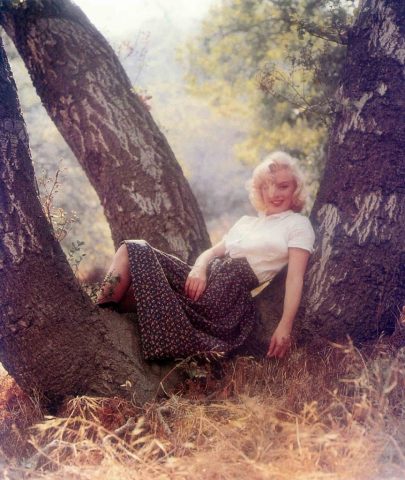
Marilyn Monroe defines the 1950s. Even today, as an icon of American popular culture, she has few rivals. She epitomised the modern liberated woman – an endorsement of consumer culture and glamour – available to anyone using the right make-up, clothes and peroxide. The public perception of Marilyn Monroe seems about as far as one can get from the realm of trees. However, she displayed an ongoing and genuine affection for trees and woods, as evidenced from interviews with her friends, her writing and by some of her most enduring images.
The title of Marilyn‘s film The Asphalt Jungle accurately describes her early environment. Born and raised in urban L.A., she endured a hard childhood in tough surroundings, growing up in foster homes and orphanages, before getting married at the age of 16 and finding work in an ammunition factory. It was while working at the factory she met a photographer which initiated her modelling and acting career.
One of the first photo shoots Marilyn had, in 1950 while still relatively unknown, surfaced recently when LIFE magazine was digitizing its stock of photos. The photographer Ed Clark, described how Marilyn would head out to the wooded areas of Griffith Park in L.A and read poetry, and he would follow with his camera. For the time, these early photos appear unaffected and relaxed, reflecting a woman comfortable around trees and in woodland environments.
(Ed Clark goes on to describe how he sent these photos to LIFE magazine in New York, but they wired back, “Who the hell is Marilyn Monroe?” before shelving the photos.)
Later, as her fame increased, Marilyn moved from L.A. to New York and she was interviewed by journalist George Carpozi. He recalls how Marilyn enjoyed spending time among trees, so the interviews would take place while walking through Central Park. Then in 1955 Marilyn lived for a year in rural Connecticut with photographer Milton Greene, where she said it was the first time where she had ever seen natural woodland. She enjoyed walks through the woodland surrounding the property every day during this time. Greene describes how one day they were driving home from a friends house and Marilyn looked up at the hillside and remarked that the trees were just dead, bare sticks. Then the next week, they began to turn green, to her it seemed like a miracle.
Shortly before her death in 1961, Marilyn wrote a letter to a psychiatrist during a hospital stay:
“Just now when I looked out the hospital window where the snow had covered everything suddenly everything is kind of a muted green. The grass, shabby evergreen bushes – though the trees give me a little hope – the desolate bare branches promising maybe there will be spring and maybe they promise hope. Did you see ‘The Misfits’ yet? In one sequence you can perhaps see how bare and strange a tree can be for me. I don’t know if it comes across that way for sure on the screen – I don’t like some of the selections in the takes they used. As I started to write this letter about four quiet tears had fallen. I don’t know quite why.”
The Misfits film sequence referred to is a poignant clip from her last film, written for her by Arthur Miller, showing Marilyn dancing, barefoot, under a tree.
Marilyn struggled with addiction, depression and anxiety, and in her writing she displays an awareness of the potential of trees to improve her mental health, appearing to gain solace from the way trees promise hope. Yet, in retrospect, the writing also captures an unsettling melancholy – see how bare and strange a tree can be for me – even seeming to cause her to cry. She had previously remarked how trees appear to be dead in the winter, but have the wonderful ability to be reborn every spring. Against the relative permanence of trees, issues around human aging and cultural pressure to stay youthful must have resonated strongly with Marilyn. Perhaps our reverence towards trees is, in part, envy at their apparent immortality – we have no similar chance to start afresh.


